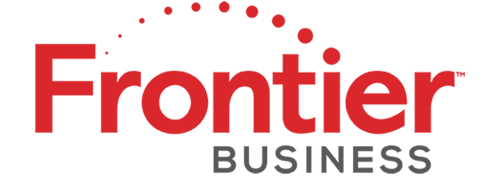You’ve likely heard about how the Internet of Things (IoT) is coming and how it’s going to change your life and revolutionize the way you do business. But what exactly is the Internet of Things? How can it revolutionize your business? And what can you do right now to get in on the action?
Read on to find out.
What Is the Internet of Things?
The Internet of Things is the interconnected web of devices around the world that communicate with each other and users in real time. At its heart, the IoT is focused on data—data collection, data processing, and real-world data use. One example of the IoT in action is a network of smart thermostats communicating with each other and your smartphone to provide temperature information, make adjustments automatically, and allow you to control your building’s climate remotely.
The IoT is all about smart, connected devices that constantly send and receive information. There’s also a lot of overlap with artificial intelligence (AI) and automation. The volume of data IoT devices generate is just what’s needed to power devices like the previously mentioned smart thermostat—the device can learn your habits and automatically make adjustments so you never have to lift a finger.
Where Are We Now?
The IoT is huge. By 2020, there will be more than twenty-four billion connected devices in the world, ranging from simple sensors to full-blown computers. Nearly any device or appliance you can imagine now has smart version that connects to the internet, making it a part of the IoT. Printers, refrigerators, thermostats, lightbulbs, cameras, even pens—the list goes on.
Businesses of all sorts can take advantage of these devices to increase efficiency and productivity and tighten up their bottom lines.
How to Leverage the IoT to Improve Your Business
Use the following tips to enhance your business with the IoT:
- Install smart thermostats and lightbulbs to save on energy costs. Energy costs can really add up, especially if your small business has a large office space. Smart appliances, including thermostats and lightbulbs, can help lower energy usage by adapting to your business’s specific needs. Thermostats, for example, can learn your preferences and business hours and use that data to keep the office at just the right temperature when your business is open. When it’s closed, the thermostat will go into energy-saving mode to reduce usage. Smart thermostats can pay for themselves in as little as two years—after that, all the savings go right to your bottom line. It’s a similar story with lightbulbs. Smart lighting is energy efficient, and the bulbs last years. And that’s not even considering the convenience factor!
- Use smart tags to make inventory tracking more efficient. If your business has inventory to keep track of—whether it’s retail goods or supplies—you can streamline operations in a big way with smart RFID tags. Tagging your inventory allows you to keep track of exactly what’s in your storeroom and automatically update your inventory when a supply is used or a product is sold. A similar approach can also be used to track items in transit, providing constantly updated logistics information. Automating inventory tracking can free up an enormous amount of time that can then be reinvested into other areas of your business. It can also reduce the likelihood of costly errors.
- Set up voice assistants like Amazon Alexa to provide employees with a low-cost virtual assistant. This tip is so easy to implement that you’d be silly not to. Amazon Echo devices make the perfect digital assistant, enabling employees to enter calendar appointments and set reminders with their voice. Alexa can also read off schedules to employees, give updates on weather and other important information, and perform any number of other tasks thanks to the huge number of skills available. These devices are cheaper than ever and available in several configurations, so there is plenty of choice to suit any business need.
There are IoT solutions for nearly any need you can think of, and more are being introduced every day.
Getting started with the IoT is easier than it sounds. Many of these solutions are plug-and-play at this point. Alexa, for example, requires minimal setup beyond connecting to an Amazon account, while most smart appliances are controlled with easy-to-use smartphone apps.
One thing you will need, though, is a robust Wi-Fi connection. It’s called the Internet of Things for a reason—these devices rely on a constant internet connection to operate. If you need rock-solid business internet, Frontier has you covered with powerful high-speed internet and secure managed Wi-Fi services to power your devices.


